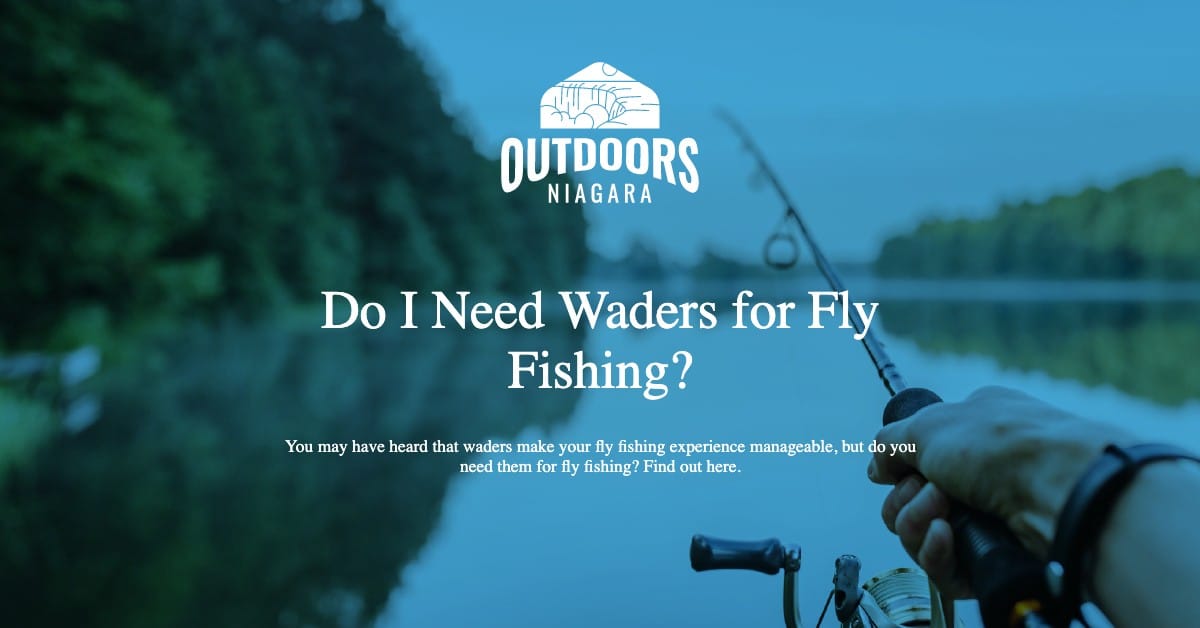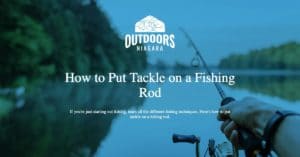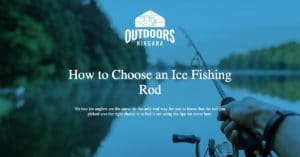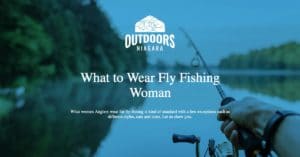Fly fishing is one of the most exciting hobbies, but most entry-level waders find it overwhelming.
You may have heard that waders make your fly fishing experience manageable, but wearing them could be an entirely different story.
All the same, you can still try fly fishing with or without waders.
So, read on to learn more about waders and why you may want to invest in a quality pair of them.
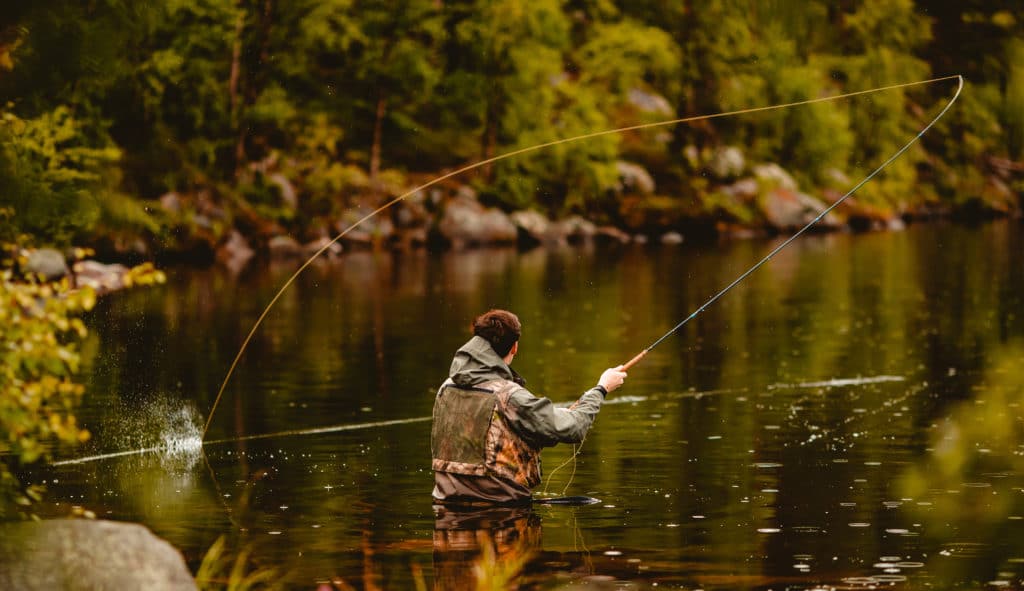
Contents
What Are Waders?
Waders are waterproof gear that you can wear from your feet up your hips and chest to help you stay comfortable in deep water.
You will not catch a cold or get wet in this gear, making your fly fishing enjoyable and safe from extreme outdoor weather.
Simms Freestone and Redington Sonic-Pro waders are some of the most common models for entry-level waders.
At the same time, Simms G3Z women’s waders are lightweight and perfect waders for women.
You will find different waders, namely stockingfoot waders, hip waders, and boot foot waders.
These categories come in two different styles: neoprene waders and breathable waders, which you will find out more about in this article.
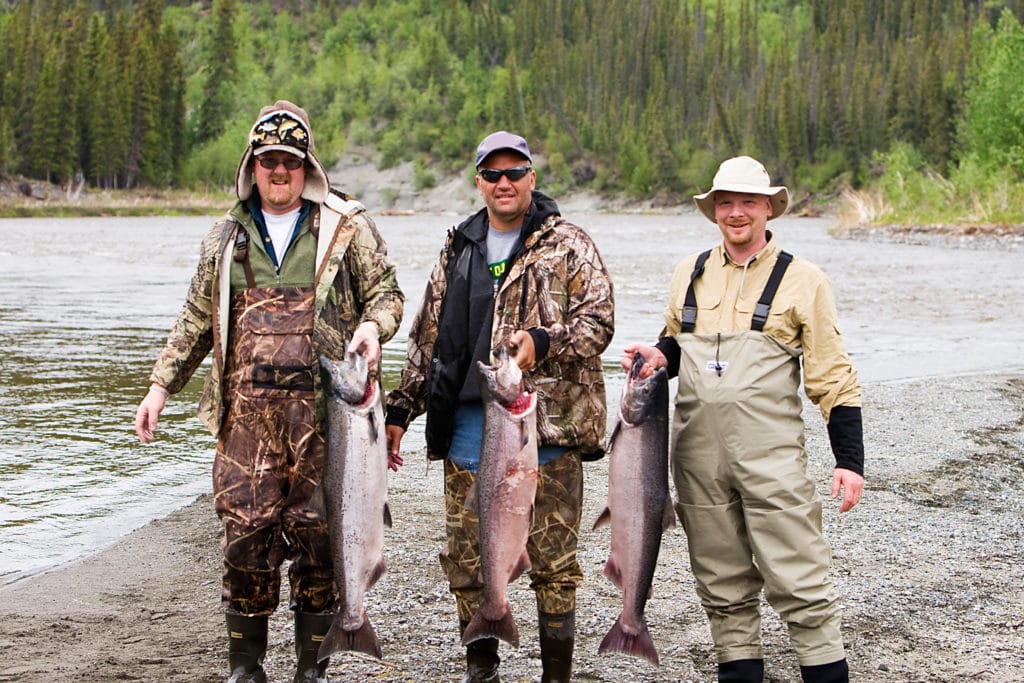
Breathable Waders vs. Neoprene
Knowing the difference between these two wader styles will help you know what works best for you when shopping.
Neoprene Waders
If cold conditions don’t stop your urge to fish, then a pair of cold-weather waders is what you need.
Buying a pair of neoprene waders is excellent for ice fishing and even hunting in cold weather as it will keep your feet warm.
But in summer, you may want to avoid wearing a neoprene style as they lack breathability and will be uncomfortable for you.
The rubber sole material will retain your sweat during warmer temperatures.
Pros
- Best for extreme colder water and weather
- Durable due to the thick material
- They are affordable
Cons
- Heavy material that can be tedious for long-distance walking
- Uncomfortable during warm temperatures
Breathable Waders
The fabric is breathable waders is lightweight and contains poles that help vapor escape through them.
This helps to keep your body heat at bay and makes you stay dry during warm weather fishing.
You will come across various breathable materials like technical fabrics or even GORE-TEX fabrics ranging in a competitive price.
While affordability is what will matter, it’s good to go for reputable clothing manufacturers.
Pros
- Lightweight that gives you freedom of movement during fly fishing
- Optimum breathability and comfortable in warm weather
- Most versatile for different air temperatures
Cons
- More expensive than neoprene materials
Types of Fishing Waders
Finding a wide range of gear in the market makes your shopping considerations better and more exciting since you have many options.
Below are different types of waders.
Bootfoot Waders
With a bootfoot wader, the boot is attached to the water and it’s inseparable. The extension of the angler stretches from the foot to the chest.
If you don’t like the bulkiness of carrying different gear for outdoor adventures, bootfoot is ideal for you.
Pros
- Convenient and economical since you don’t need separate boots
- It contains boot insulation that keeps you warm in cold waters
Cons
- Heavy and bulky due to the boot attachment with the wader
Stockingfoot Waders
Unlike the bootfoot wader, this model contains neoprene wading socks on the wader boot.
Hence, you have to buy the boot separately and then put it on over the neoprene socks.
Stockingfoot waders extend from the neoprene socks to the upper body or up to the waist level.
Pros
- Since the model doesn’t have a boot attachment, you can upgrade to other customized boots
- Range of motion is more accessible as they are lightweight, making them suitable for entry-level waders
Cons
- You still need to buy a separate wading boot instead of using stockingfoot waders exclusively
Wading Pants and Hip Waders
Hip waders either have boots attached or not and they extend from the foot to the hip, making them suitable for shallow and cold water fishing.
Entry-level people find hip waders ideal as they are light and simple to walk around in.
On the other hand, wading pants are similar to hip waders and fit the same as regular pants.
If you are confident that you won’t fish in deep water, you’ll find wading pants incredibly perfect.
This model is lightweight, comfortable, and easy to put on and off.
Benefits of Using Waders for Fly Fishing
Getting a quality pair of waders is not the same as fishing without waders which may still be successful.
But the comfort of standing in water with your feet warm makes a lot of difference.
- Easier and more convenient to cross deeper water
- You stay warm throughout the fishing period
- You can fish in frigid waters and rainy conditions as they keep you warm
- You don’t need to dry up between fishing periods
- Invasive species may not affect you, so quality waders are suitable for fly fishing gears
- You can keep your gears as most contain extra spaces
With all the benefits, you need to use a wading belt for safety purposes and comfort.
f you slip and fall without the wading belt, you may find it hard to swim. But a wading belt will help keep you afloat and prevent water from getting in the waders.
Cons of Using Waders
- Quality waders are expensive but will remain valuable for years to come.
- It can be risky, and some entry-level waders have drowned. In addition, the bulkiness in waders may push you down and around, and you will eventually fall.
Wet Wading
Some pro-grade waders love practicing wet wade, especially in summer, with a nice pair of pants or bathing suits.
But it is advisable to have some neoprene booties and neoprene wading socks for safety purposes and comfort.
Conclusion
Investing in a quality pair of waders is not a waste of your money, as it will give you a boost in durability.
You can comfortably fly fish in colder water without worrying about cold water species.
To improve your outdoor fishing experience, you may choose the best water type with extra features such as belt loops, built-in knee pads, handwarmer pockets, flip-out pockets, and a zippered chest pocket.
Also, a lightweight wader may be a good fit as it will give you mobility freedom both in cold conditions or even in the warm water season.

